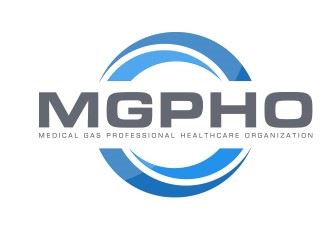Again If This Section Is In Place For Patient Safety!
Medical / Surgical Vacuum Systems Need The Same Verbal.
( not just removing the wording OK for non-medical use )
5.1.3.5.2 Permitted Locations for Medical Gases. Central supply systems and medical gas outlets for oxygen, medical air, nitrous oxide, carbon dioxide, and all other patient medical gases shall be piped only into areas where the gases will be used under the direction of licensed medical professionals for purposes congruent with the following:
(1) Direct respiration by patients
(2) Clinical application of the gas to a patient, such as the use of an insufflator to inject carbon dioxide into patient body cavities during laparoscopic surgery and carbon dioxide used to purge heart-lung machine blood flow ways
(3) Medical device applications directly related to respiration
(4) Power for medical devices used directly on patients
(5) Calibration of medical devices intended for (1) through (4)
5.1.3.5.3 Support Gases. Central supply systems for support gases shall not be piped to, or used for, any purpose except medical support application.

